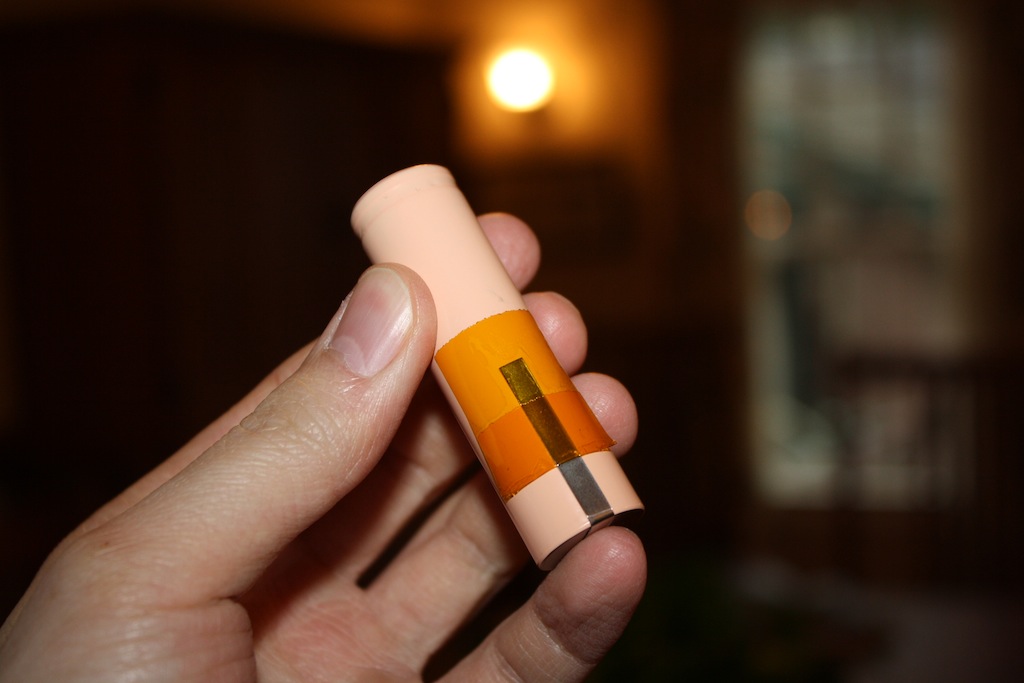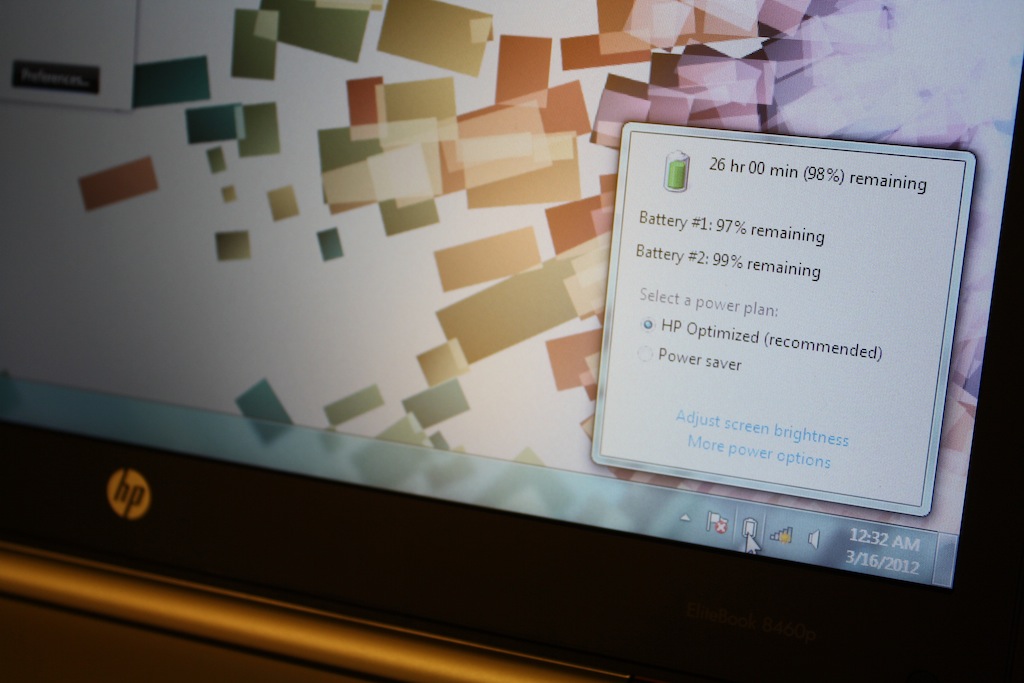HP Gives a Lesson in Batteries, Explains the 32-hour Laptop
Ever wanted to know how batteries work? You should. They power your laptop and all your mobile devices.
HP recently held a battery life event in Silicon Valley – or more specifically, the birthplace of Silicon Valley at the HP Garage at 367 Addison Avenue in Palo Alto, Calif., where in 1939 Bill Hewlett and Dave Packard established the Hewlett-Packard partnership.
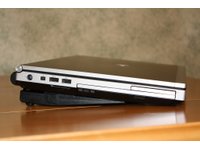
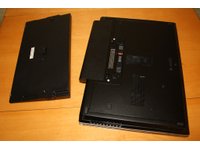
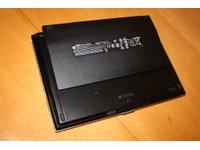
HP brought the media there to highlight one of its business laptops, the EliteBook 8460p, and its impressive claim of a 32.5-hour battery life (according to Mobile Mark). Such a battery life estimate is at the top of the industry, but also does carry an asterisk on HP's page about how it's achieved:
Up to 32 hours requires HP 9-cell (100 WHr) Li-Ion primary battery, separately purchased HP BB09 Ultra Extended Life Notebook Battery and customer download of the latest Intel graphics driver and HP BIOS. Notebook must be configured with Intel graphics, optional Intel 160GB SSD drive, HP LED HD Display and requires Windows 7 operating system. Battery life will vary depending on the product model, configuration, loaded applications, features, wireless functionality and power management settings. The maximum capacity of the battery will decrease with time and usage.
We went hands on with the fully-battery-loaded model and HP's battery life boasts, while still industry-leading, can drop for power users who are demanding constant effort from their machines. Light use will definitely allow the CPU to enter idle states, leading to more than a full day of run time. Those who foresee long lengths of time away from an outlet will see a great feature in the extended battery accessory. For those who actually have to carry their laptops around, however, the additional heft is considerable – such is the relationship between battery capacity and weight. The "Ultra Extended Life" battery is a bolt-on accessory, so the added weight can come on only at times only when needed.
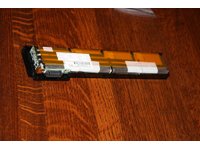

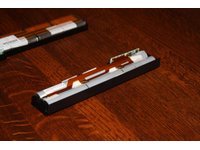
Dr. John Wozniak, an HP distinguished technologist in power technology, helps to engineer the battery technology that goes into the company's portable products. He gave a talk at the historic dining table in Palo Alto talking about what powers our mobile devices while we're away from an outlet.
We were able to capture the majority of his presentation at the HP Garage, which we're pleased to present to you below. It's nearly an hour in total length, but we assure you that you'll come out of it with a new understanding of the thought and engineering that go into your laptop and other mobile devices.
Read more from @MarcusYam on Twitter.
Get Tom's Hardware's best news and in-depth reviews, straight to your inbox.
-
danwat1234 So 32 hours for a 100 watt hour battery, means the laptop is using an average of 3 watts of power out of the battery. No way unless screen brightness is at lowest and your just staring at a Word document and only moving the mouse or typing on the keyboard a few times a minute. The RAM is going to take a few watts (unless downclocked when idle?), the SSD about 500mW, the CPU and chipset will be a few watts and the screen will be a few watts even if LED.Reply
Even on the link in the article to the website, it says the 9 cell will last 13 hours 45 minutes, but that might not be with the specs they say is needed to make it last 32hrs
My Atom netbook with a ~55 watt hour battery only lasts about 5 hours, and from the wall with a kill-a-watt it takes about 13 watts all the time. This is an Atom netbook with an older less efficient chipset though. Power consumption doesn't go up noticeably if CPU is idle vs CPU @100% load. A watt or two at most.
EDIT: I think I read it wrong, a 100wh internal battery + a 100wh super duper ultra 100wh external battery yields up to 32.x hours of life.
OK, so 6 watts power draw from the batteries on average. Still, very hard to believe unless your doing absolutely nothing on the machine and screen brightness is way down.
Wouldn't the screen itself take about that much power if it's at full brightness? My CCFL 15.x" laptop screen takes about 10 watts from the wall (on vs full brightness). LED is supposed to be 40% more efficient or something like that. -
gti88 If you read carefully, it says "Up to 32 hours requires HP 9-cell (100 WHr) Li-Ion primary battery, separately purchased HP BB09 Ultra Extended Life Notebook Battery"Reply -
bennaye ^ This is why I never trust the manufacturer's claim on battery life. It's almost always bs and an exaggeration.Reply -
AznCracker If I attach the power cord to my laptop, can I say that it has infinite battery life? That battery pack is huge and expensive. Who would want it?Reply -
memadmax Funny how this article came up right when I had a battery fail on my laptop.Reply
I'm in the process of tearing it apart and upgrading it from a 6 cell to a 9 cell as well =D -
Uberragen21 danwat1234So 32 hours for a 100 watt hour battery, means the laptop is using an average of 3 watts of power out of the battery. No way unless screen brightness is at lowest and your just staring at a Word document and only moving the mouse or typing on the keyboard a few times a minute. The RAM is going to take a few watts (unless downclocked when idle?), the SSD about 500mW, the CPU and chipset will be a few watts and the screen will be a few watts even if LED.Even on the link in the article to the website, it says the 9 cell will last 13 hours 45 minutes, but that might not be with the specs they say is needed to make it last 32hrsMy Atom netbook with a ~55 watt hour battery only lasts about 5 hours, and from the wall with a kill-a-watt it takes about 13 watts all the time. This is an Atom netbook with an older less efficient chipset though. Power consumption doesn't go up noticeably if CPU is idle vs CPU @100% load. A watt or two at most.It has two batteries. The primary being the 100 WHr, the extended is unspecified (though I haven't watched the video, but it may say in there).Reply
"32 hours requires HP 9-cell (100 WHr) Li-Ion primary battery, separately purchased HP BB09 Ultra Extended Life Notebook Battery"
However, the extended battery appears to be a 9-cell configuration as well, so assuming it's 100 WHr, it would still require 6 watts per hour (100 + 100 = 200 WHr / 32.5 Hr = 6.15 W. But that's speculation on my part. -
Pawessum16 I love how the article mentions the guy in charge of engineering the batteries........from the pictures, the guy is a moron because he's about as efficient at using space as the average battery modder is (I would even say worse!). They probably put about $75 worth of mass produced lithium cells in there and made bank selling it for $200! Plus it's such an inefficient use of space, and why probably every manufacturer that uses custom battery packs (Apple...) is snickering with laughter about the atrocity of the design, and that they could fit 48 hours of battery life in the same space......but they don't.....because it's horribly bulky.Reply
Those pictures make me want to cry! HP clearly doesn't understand battery life. I wouldn't mind more battery life, but not if it meant that bulky piece of expensive, inefficient, crap!
Correction: $150 for the pack, and probably about $50 in raw batteries.
2nd Comment: Then again, after listening to the guy in the video for a little while, he gets my respect, but I simply think the design is a poor company decision. -
richboyliang So basically 30 hours if you set screen brightness, cpu usage, etc to minimum and might as well idle the entire time, otherwise it's more like 5 hours. with the least power hungry cpu and other hardware available.Reply
i'm going to treat this promised battery life with as many grains as salt as i do printer's ppm ratings. -
Marcus Yam Two important things to note:Reply
1. That extended battery pack thing is that big because it has to fit a variety of different HP models, all with similarly-spaced apart mounting points. Could the design have been much smaller? Of course, but I have a feeling that a smaller, custom design lost to the compatibility argument.
2. U.S. regulation caps battery capacity by class, so anything beyond what HP (or other manufacturers) put in a single package (100 Whr) would have to be classified as something potentially more hazardous. HP simply couldn't fill all that empty space with more cells, even though that would be awesome. -
Belardo Its already heavy enough as is. Whatever... Lenovo has been selling extended life battery packs for a long longtime.Reply
I'd want to see 10+ hours of ACTUAL usage on a 14" notebook with an i5-class CPU... with a 3cell battery.
